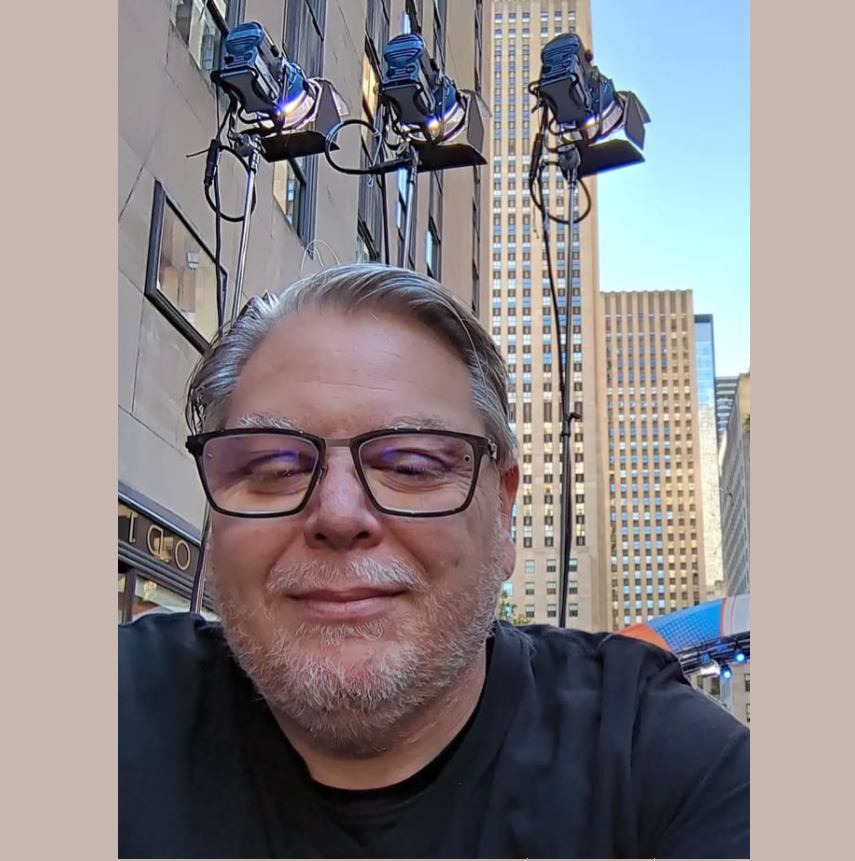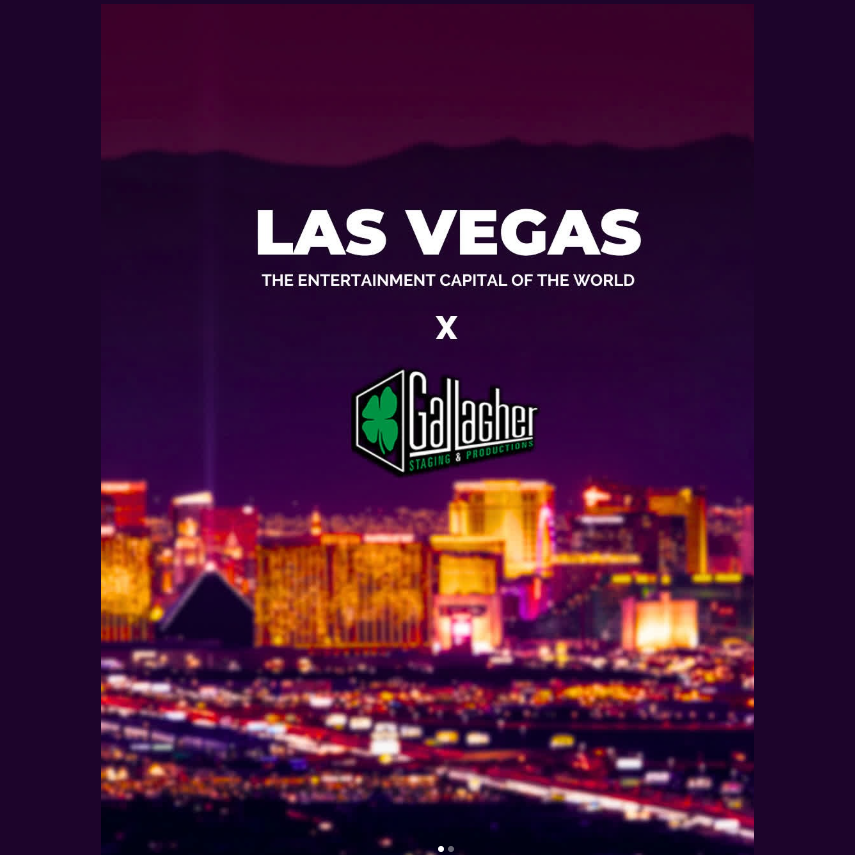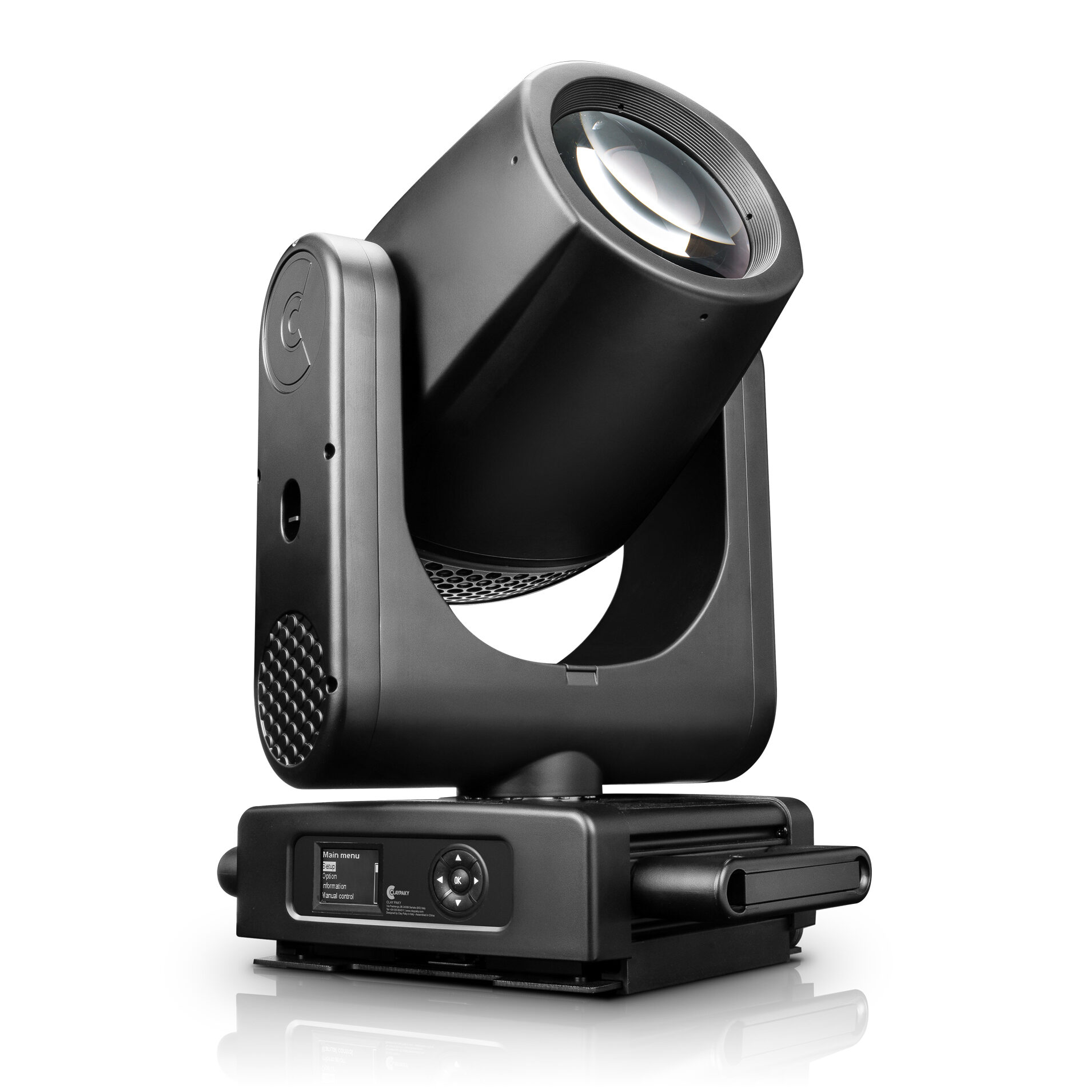ORLAND PARK, IL – The Opening Night Arts Group production of the classic 1960s-era musical, Hair, is using up-to-date LED stage lighting from Elation Professional. Designed/programmed by Jason Reberski of JR Lighting Design Inc., the rig includes Elation’s ELED Tri Par 56 tri-color LED PAR cans.
More details from Elation Professional (www.elationlighting.com):
Elation ELED Tri Par 56 is Groovy in Chicagoland Production of ‘Hair’
ORLAND PARK, IL – It might not be the dawning of the Age of Aquarius, but a reprisal of the musical “Hair” by a Chicago-area theatre group marks the dawning of a new age in stage lighting: the use of mostly-LED rigs in place of conventional theatrical lights. The iconic musical from the ’60s era got an updated look with ELED Tri Par 56 tri-color LED par cans from Elation Professional.
Jason Reberski of JR Lighting Design Inc. supplied, designed and programmed the show at the Carl Sandburg Performing Arts Center. The Opening Night Arts Group’s production featured 21 x ELED Tri Par 56 units in creating a 100 percent LED top/back light system as well as 100 percent LED footlight and downstage “shin” sidelight systems. The ELED Tri Par 56 is a compact RGB mixing par can powered by 14 x 3-watt tri-color LEDs that combine red, green and blue in one source. They were outfitted with LSF film for beam shaping.
“It was a wonderful exercise for me as a designer/programmer to use a large amount of LEDs for a theatrical show, and the Elation fixtures performed beautifully,” said Reberski. “Most of the show’s lighting was defined with Elation LEDs and moving lights, with minimal support from conventional sources.”
Reberski originally intended to use the LEDs merely as supplementary lighting. “(Seeing) the power available to me by using only the ELED Tri Par 56s, I decided to use the LEDs exclusively,” he said. “In saturated and intermediate colors, LEDs excel in terms of intensity over conventional sources, at a fraction of the power consumption. For instance, to bathe the entire stage in deep, saturated blue light, the conventional system would have used 6,900 watts of electricity. The entire system of LED top and backlight in dark blue drew only about 210 watts, and incredibly the light output was almost three times more than the conventional system to my eye!”
But the ELED Tri Par 56’s energy efficiency wasn’t the only advantage it brought to this cultural snapshot of ’60s. Ironically, back in the day when Hair became a defining portrayal of the peace/love generation, LEDs were barely in use as little red indicator lights on electronics and appliances. Flash forward five decade, and LED technology has become an effective visual conduit for conveying the bold psychedelic colors and trippy feeling of that era.
“Aside from the practical benefits, the design-specific benefits of having so many instruments that could change color on a whim were huge!” said Reberski. “Typically in a theatrical setting using color scrollers, you have to ‘toggle’ to other systems to allow for ‘mark cues’ to take place. The ability to fade from any color to any other color allowed for a more organic lighting creation process, which worked very well with the nature of the show. The needs of the show were such that bold, saturated colors were often used, however the LEDs were still capable of more subtle theatrical hues as well.”
In creating the top/back light system, Reberski used 15 x ELED Tri Par 56s, hung across three electrics with five fixtures per pipe. This allowed him to isolate 15 different acting areas with backlight, he explained. The footlight was positioned on the apron downstage of the proscenium stage left and right, with two ELED Tri Par 56s per side. This allowed for colored, extreme low front light, which was used mainly as effects lighting and casted huge shadows on the cyc.
“At lower intensities, it behaved like normal footlight, but with the ability to be any color I wanted,” he said. The downstage sidelight system also used two ELED Tri Par 56s to provide “shin” dance side lighting.
The four Design Spot 575E moving heads were hung across the first and second electrics, with the downstage two units spaced far left and right, and the mid-stage units slightly closer together. “On stage they were my workhorses,” said Reberski. “I used them often as high side-light during musical numbers. In many cases they served as repositionable specials and allowed me to further define ‘tighter’ scenes with special backlight or sidelight, often suggesting moonlight or other motivated lights. They were also used for strobing effects like light shining through helicopter blades, and as scenic treatments like color chases through psychedelic patterns on the cyc. The Variable Frost feature was useful, too.”
Reberski also had high praise for the ELED Tri Par 56, from both a design and business standpoint. “It’s an all-around great LED fixture that is serving my business well in everything from theatrical productions to event lighting. LED fixtures are completely useful and adequate to use in theatrical productions in their current state.”



